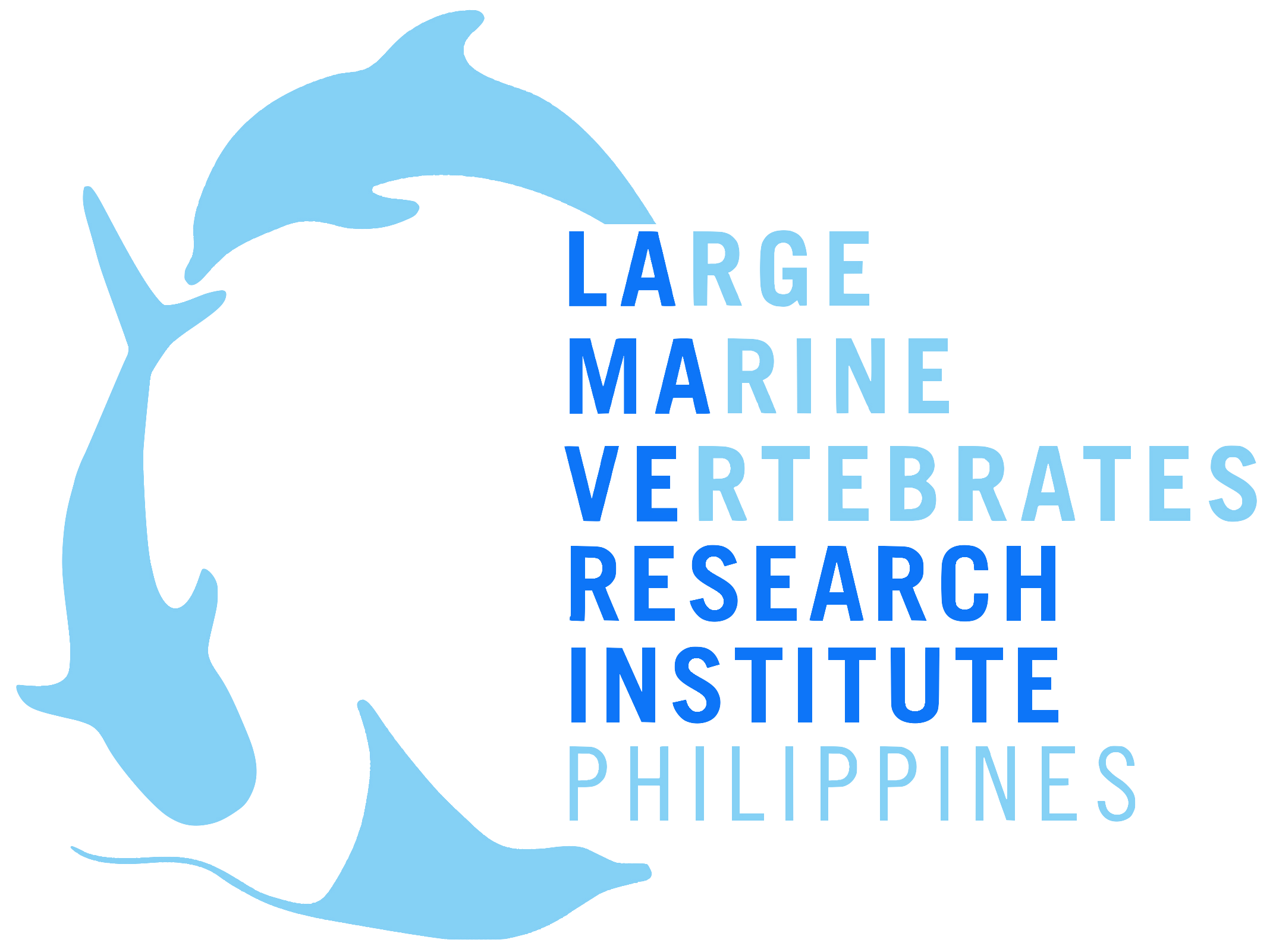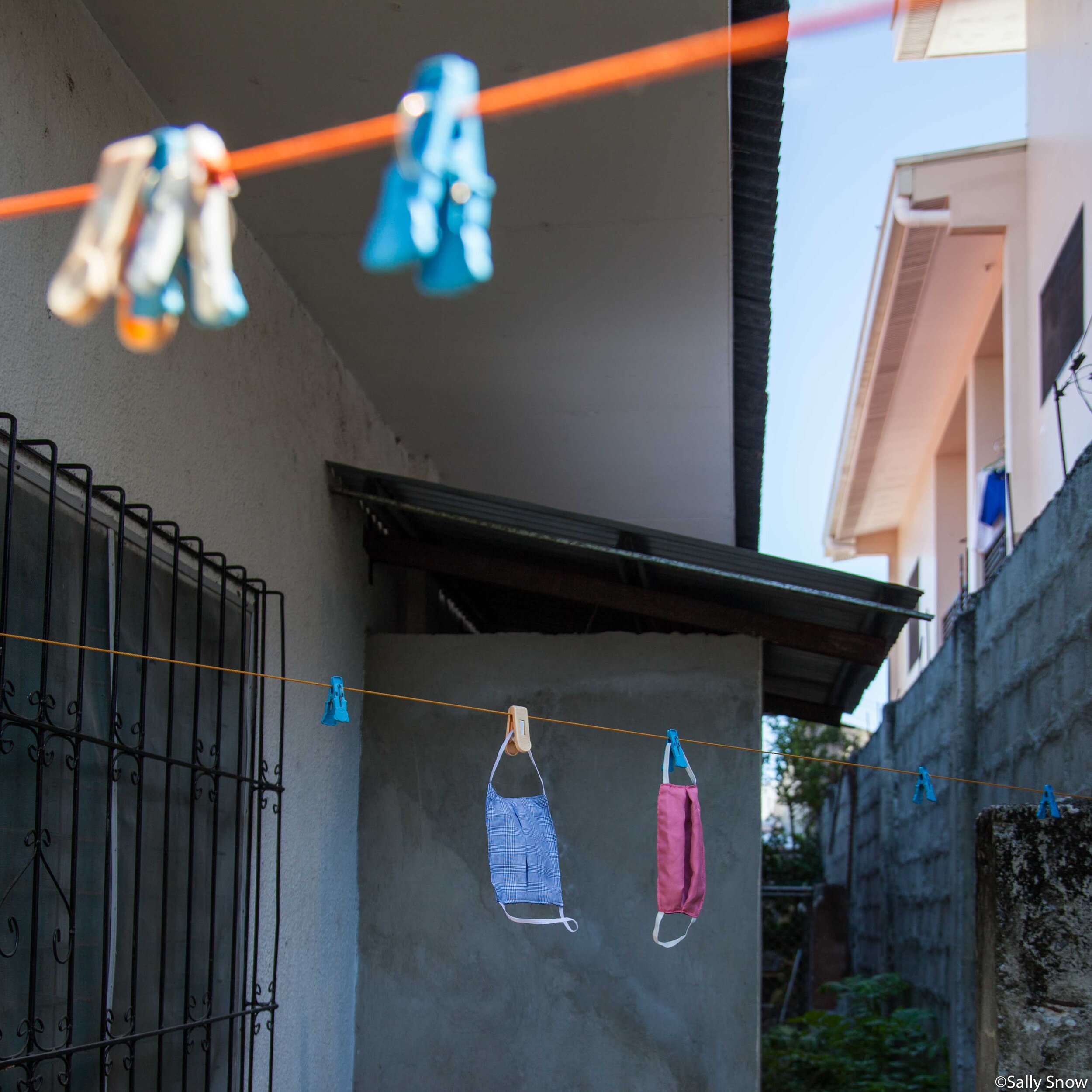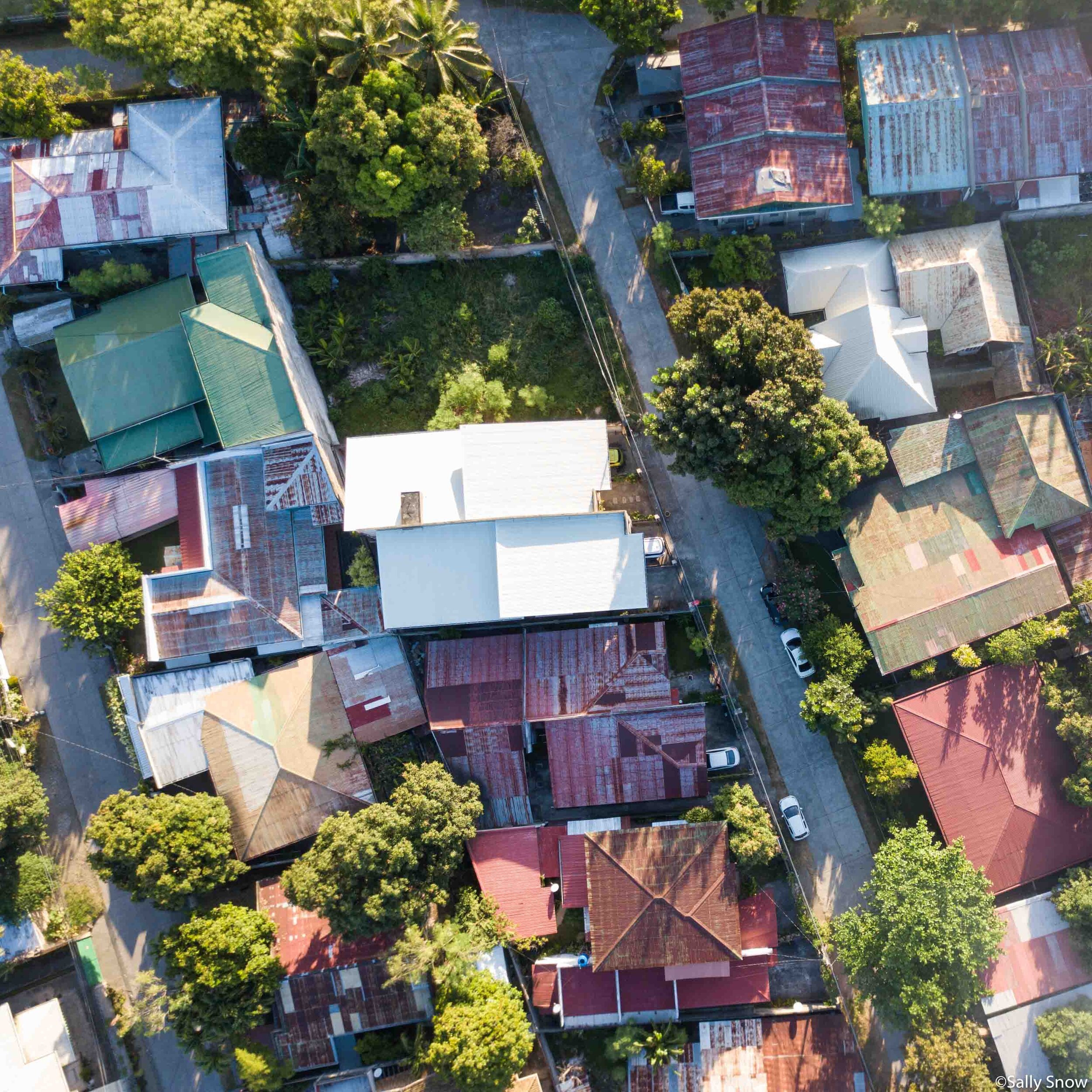BLOG
From a microbial to an environmental lens
a moment of reflection by Jia Dollano
We interact with the micro- and megafauna found on this planet every second of our lives. We build things, we destroy things, we truly dominate. But we dwell with the environment and it is unfortunate that we know so little about it. To my eyes, where my vision is trained to observe both microbial life and the wider biosphere – humans and the environment - I can zoom out from the centre of this pandemic and a human dimension to a wider scheme.
This is a war we are collectively battling against a microscopic pathogen. The busy routines of every single individual in the world have all at once come to a halt after the coming of coronavirus disease (COVID-19). We currently live in a different norm where we trust our lives by observing precautionary practices against infection. We stay locked down, away from people, disinfecting our tracks. With strength, we constantly overcome psychological struggles from fear of loved ones getting sick, anxieties of what the future will hold and deal with problems of financial loss. This is an extreme case where only good leadership, skilled health professionals, and solidarity will assure our survival. A poignant consolation we tell ourselves, “We are unprepared for this”. That given the novel circumstance, we had no foresight of what was to come.
In retrospect, however, history tells us that we have been here before. The viral strain is novel but the crisis isn’t new to us. We have gone through cycles against infectious diseases from SARS, MERS, EBOLA, West Nile Virus, and if their origins are traced, the majority are known to be wildlife-related diseases. In fact, 60% of infectious diseases are zoonosis. Wildlife are natural hosts for pathogens. Many animals evolved to develop immunities against viral forms living within them. In certain circumstances, an unnatural disturbance, a spillover from reservoir population (animals) to a novel host (humans) has occurred.
The emergence of these diseases has been linked to human activities – wildlife trade, population growth, global movements, habitat degradation - with relevant impacts. For example, in the continent of Australia where zoonotic virus henipaviruses Hendra Virus (HeV) occurred, bats were identified as reservoir hosts (Halpin et. al 2011) while in the People's Republic of China four species of horseshoe bat revealed evidence of infection by a SARS-like–CoV: 2, shedding new light on the origin and transmission of SARS coronaviruses (Wang et al. 2006). We have encroached on the habitats of wild animals, but as a species, we also consume them. Zoonotic diseases associated with hunting and eating wildlife is of increasing global concern - the handling, butchering, and hunting of nonhuman primates for bush meat involve risks of cross-species transmission. (Cutler et al. 2010).
Come 2020, through sequencing of SARS-COV-2 (“covid-19”), it was verified that 96% of its genome is shared with the bat SARS-like coronavirus (Yang et. al 2020). The outbreak is new nonetheless and a clear genetic pathway to see the origin is still needed.
Wildlife trafficking, habitat degradation, population growth, to many is simply an “environmental dilemma”, that to the frustrations of few conservationists, are only acknowledged in small scientific conferences but received with apathy across the general public. The scale of its consequences and this is my understatement, is hard to ignore.
Conservation of wildlife species has a strong ground to ensuring the well-being of the public. In this crisis-oriented discipline, we search for silver linings that will engage the public in enabling the management of species and biodiversity for human well-being. We begin by closely studying the population or ecosystem of choice and share these discoveries and the role of wildlife species to the broader world. We identify the threats to wildlife and their habitats with tools and information to guide decisions of human society.
The human dimension is always at the core of any wildlife conservation work; albeit its multiple intricacies. Homo Sapiens the “wise man” continue to rise above all other life with magnificent intelligence and sophistication. We are capable of creating laws and orders for the good of our own kind. The succeeding plot falls on humanity isolating the whole species from its true nature. What consequences from ecological problems need to arise before attention is deserved? A serious public health threat? Global economic collapse?
The pandemic crisis, as they say, will change the way we live and shift our perspectives. A hopeful antidote perhaps in the middle of despair. To my eyes, we will always remain a part of the bigger world. It is from that point of view that we see the intricate belongingness of humanity to the environment. Constant neglect and disruption of what surrounds us, and we will in time battle for survival.







